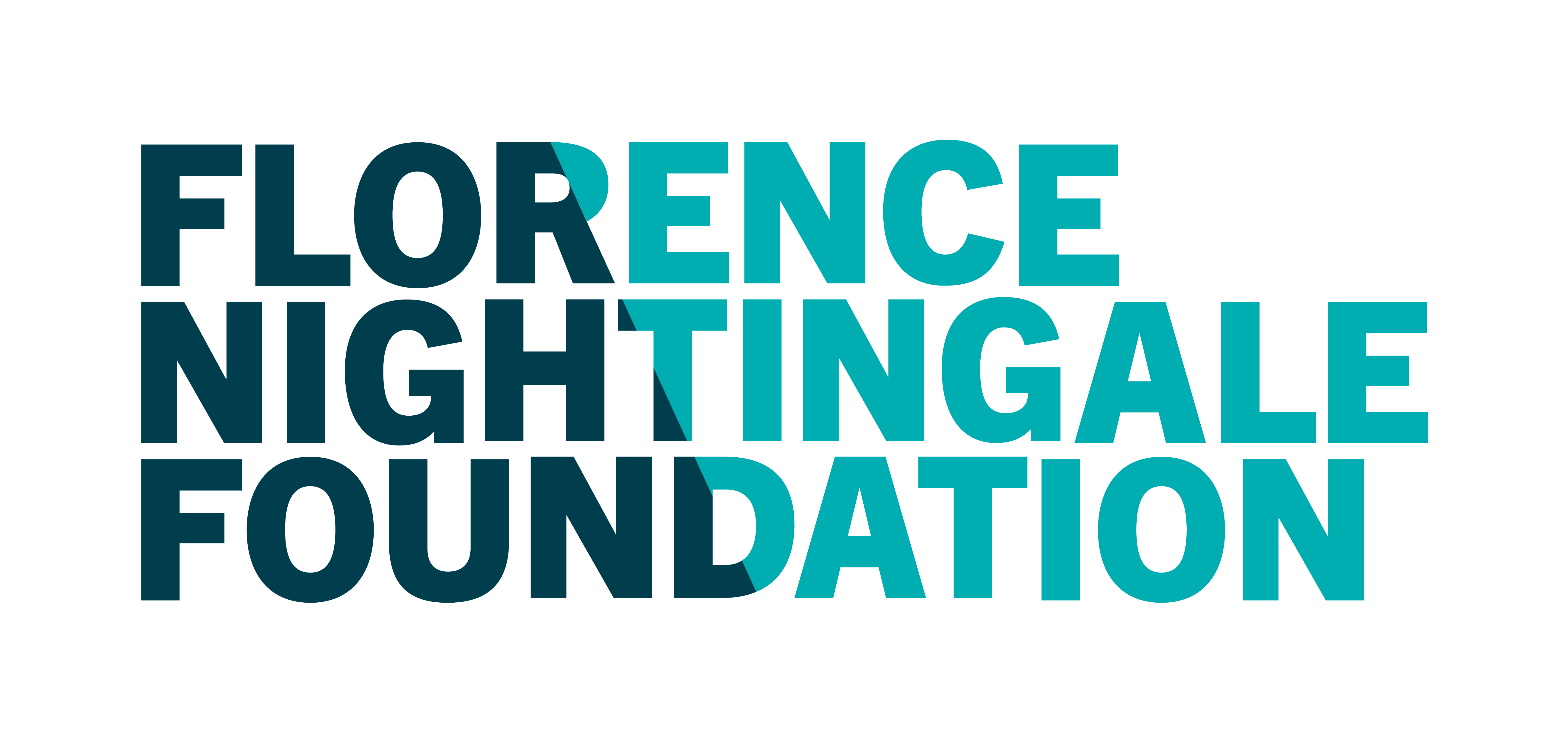ND1.1 – What is Neurodiversity?
This module aims to provide practice educators with theories and approaches informed by the neurodiversity movement and social model of disability. This is applied to the situations that a neurodivergent student may face in clinical practice.
This module will take you through different stages of the student journey highlighting and promoting best practices, based on the current literature and our own lived experiences. It is important to us that the module is rooted in real-life practice and therefore we share our own experiences as case studies. SSHINE’s work is intended for staff, educators and students across the nursing and allied health professions.
Section One Learning Objectives
- Gain an understanding of what neurodiversity is
- Explore neurodivergent definitions and conditions
Resources
Definitions
Neurodiversity:
Nick Walker: ‘NEURODIVERSITY: SOME BASIC TERMS & DEFINITIONS’
https://neuroqueer.com/neurodiversity-terms-and-definitions/
Autism:
Autism Central – What is Autism
https://www.autismcentral.org.uk/guidance/what-autism
Autism Alliance UK
https://www.autism-alliance.org.uk/
ADHD:
ADHD UK
https://adhduk.co.uk/about-adhd/
Dyslexia:
Made by Dyslexia
https://www.madebydyslexia.org/
Dyspraxia:
Dyspraxia Foundation
https://dyspraxiafoundation.org.uk/
Dyscalculia:
British Dyslexia Association – Dyscalulia
https://www.bdadyslexia.org.uk/dyscalculia
References and Further Reading:
- Botha, M. et al. (2024) ‘The neurodiversity concept was developed collectively: An overdue correction on the origins of neurodiversity theory’, Autism, p. 13623613241237871. Available at: https://doi.org/10.1177/13623613241237871.
- Bunbury, S. (2019) ‘Unconscious bias and the medical model: How the social model may hold the key to transformative thinking about disability discrimination’, International Journal of Discrimination and the Law, 19(1), pp. 26–47. Available at: https://doi.org/10.1177/1358229118820742.
- Cheng, Y. et al. (2023) ‘Neurodiversity and community-led rights-based movements: Barriers and opportunities for global research partnerships’, Autism, 27(3), pp. 573–577. Available at: https://doi.org/10.1177/13623613231159165.
- Kapp, S.K. et al. (2013) ‘Deficit, difference, or both? Autism and neurodiversity’, Developmental Psychology, 49, pp. 59–71. Available at: https://doi.org/10.1037/a0028353.
- Potts, B., Smith, N. and Malamateniou, C. (2024) ‘Respectful language in autism research: In response to Abdelrahman et al. “Exploration of radiographers” knowledge, attitudes, and practices in delivering healthcare to children with autism spectrum disorder.’’, Radiography, 30(2), pp. 702–703. Available at: https://doi.org/10.1016/j.radi.2024.02.003.
